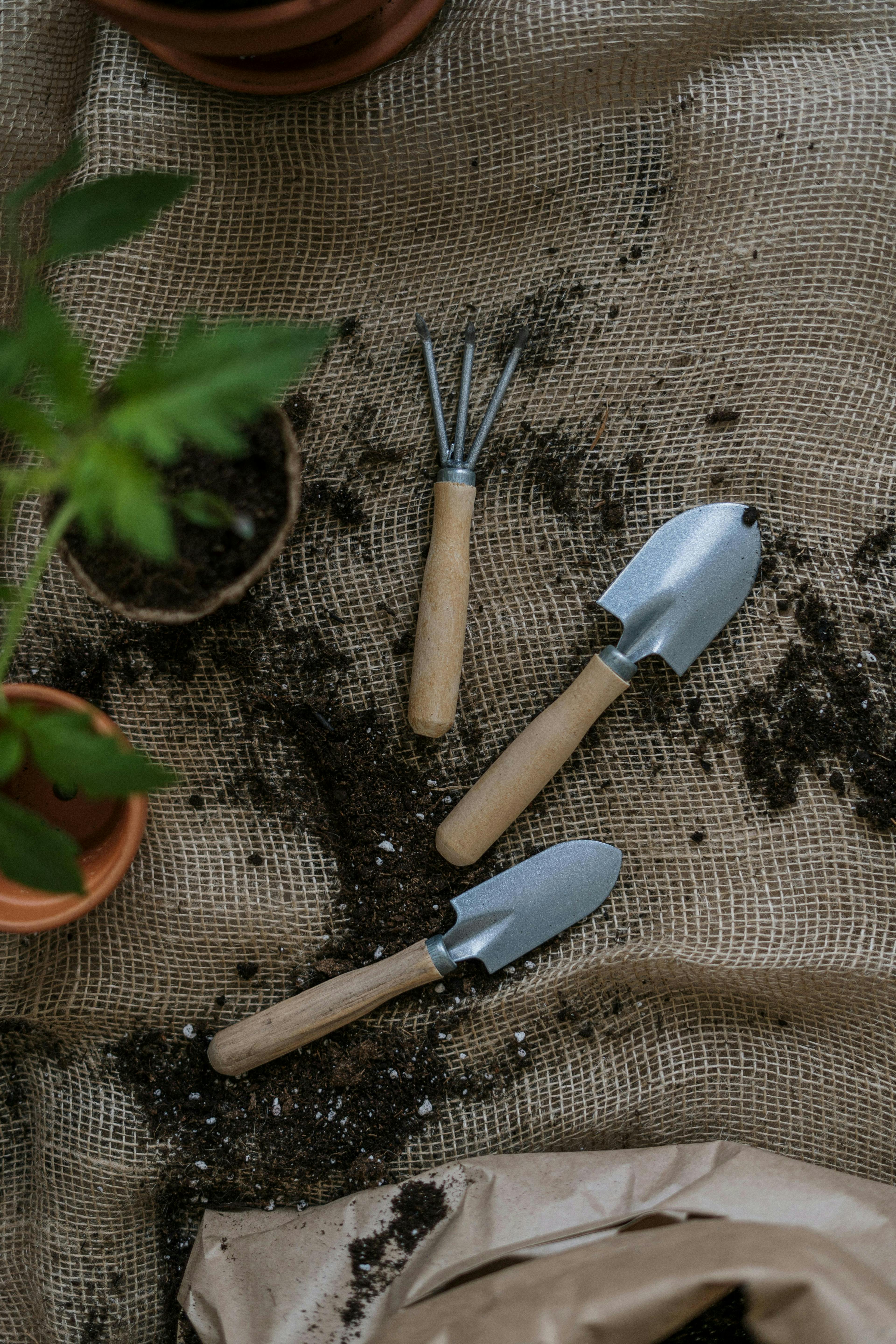Sow and Grow: Getting Started with Planting Seeds
Starting a garden by planting seeds can be a rewarding and therapeutic activity. Whether you're looking to grow your own vegetables, herbs, or flowers, the process begins with understanding the basics of seed planting. Here’s a simple guide to help you get started on your gardening journey.
1. Choose the Right Seeds
Before you begin, decide what you want to grow. Consider factors like your climate, the space available, and how much time you can dedicate to your garden. Some popular choices for beginners include:
- Vegetables: Tomatoes, lettuce, and carrots
- Herbs: Basil, cilantro, and mint
- Flowers: Sunflowers, marigolds, and pansies
2. Gather Your Supplies
You will need a few basic supplies to start planting:
- Seed trays or pots: Choose small containers or purchase seed trays.
- Soil: Use a light, seed-starting mix that allows for good drainage.
- Watering can: A small one with a fine rose is best for gentle watering.
- Labels: To keep track of what you’ve planted.
3. Plant Your Seeds
Follow these steps to plant your seeds effectively:
- Fill your containers: Use the seed-starting mix to fill your pots or trays.
- Plant the seeds: Check the seed packet for specific planting instructions. Generally, seeds should be planted at a depth of about two times their width.
- Label each container: This will help you remember what you planted where.
4. Provide Proper Care
- Watering: Keep the soil moist but not waterlogged. Water gently to avoid washing away the seeds.
- Light: Most seeds require plenty of light to germinate. Place them in a sunny spot or use grow lights.
- Temperature: Keep the environment at a consistent temperature suitable for the type of seeds you are growing.
5. Watch Them Grow
Patience is key! Germination time varies depending on the plant species. Once your seedlings appear, make sure they get enough light and water. Thin out any overcrowded seedlings to allow for healthy growth.
6. Transplanting
When your seedlings have grown their second set of true leaves, they’re ready to be transplanted. Carefully move them to larger pots or your garden, depending on their needs.
7. Ongoing Care
Continue to care for your plants as they grow. This includes regular watering, feeding with a suitable fertilizer, and dealing with any pests or diseases.
Conclusion
Planting seeds is just the beginning of a gardening adventure. With patience and care, you can cultivate a thriving garden that provides fresh produce, beautiful blooms, or aromatic herbs. Remember, every plant has its own needs, so continue learning about the specific requirements of your chosen varieties.
For more personalized advice or specific questions, you can chat with Mavyn GPT or connect with a human expert at Mavyn. We’re here to help you make your garden a success!
